Conflicting information on vapour barrier.
Hello! I purchased a 50s era home last year and am looking at upgrading the attic insulation. Located in Calgary.
Right now there is cellulose almost up to the joists, and under that is a paper backed (both sides) layer of old fiberglass it looks like (it's black). So it could use a lot more. I had one company come look at it and they wanted to vacuum it all out, spray foam for a vapour barrier, and then loose fill. It was too much money for me, so I've decided to tackle it myself.
I have some recessed lights to seal and cover, bathroom fan to vent, attic voids above closets to seal, and baffles/insulation stops to install for ventilation. All that I can handle.
I had another contractor come out to take a look for quoting me on doing the loose fill once all my prep is done. He said to do all the prep I was planning, but not to worry about a vapour barrier; just loose fill right on top of what's there.
I found your website and I see some conflicting information.
This article (https://www.ecohome.net/guides/2216/why-is-there-frost-in-my-attic-how-do-i-fix-ice-dams/) stresses the importance of a vapour barrier: "But, if you have no air barrier at all, you really do need one. This requires lifting insulation, laying down a polyethylene vapour barrier over the whole surface (it can go up and down over joists) then reinstalling the insulation.".
But in this article (https://www.ecohome.net/guides/2299/painting-on-your-vapour-barrier/), specifically in the comments section, ecoHome suggests that a vapour barrier is not necessary.
Right now the attic has no serious problems. No ice or moisture build up. It's just poorly insulated and I want to get it to R50. I really don't want to introduce more problems by not doing this correctly.
Should I lay down a poly vapour barrier? It would be quite difficult with my truss design.
Thanks!
Trevor
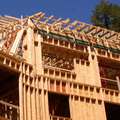

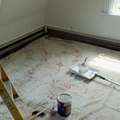
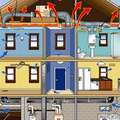

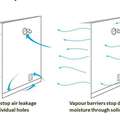











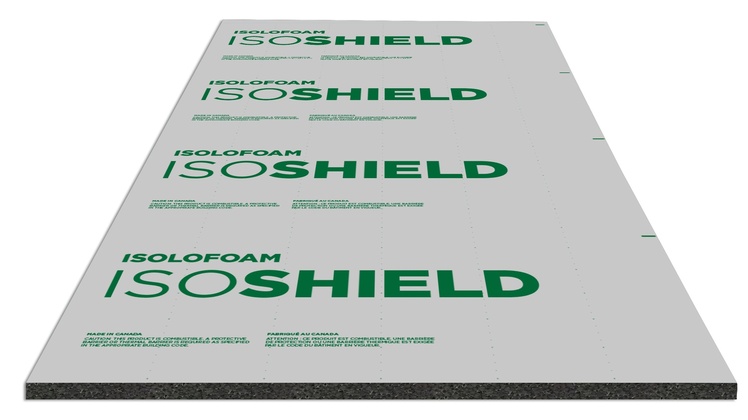
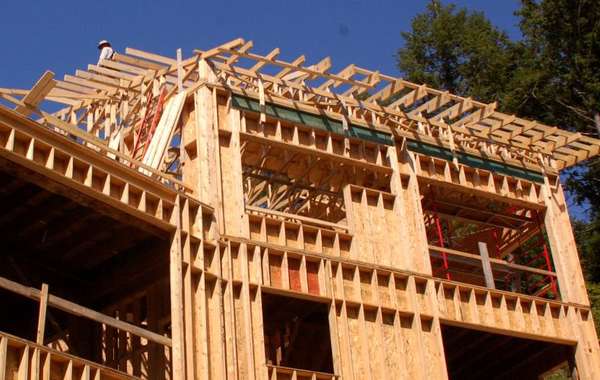
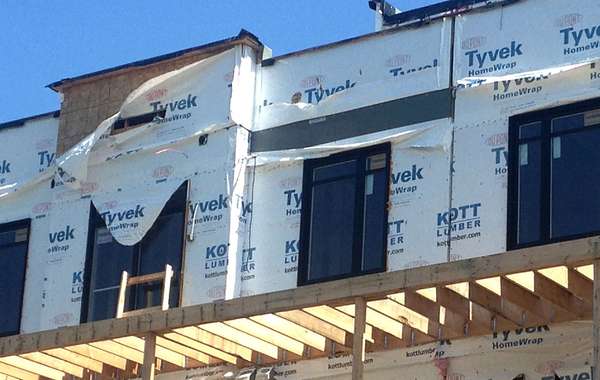
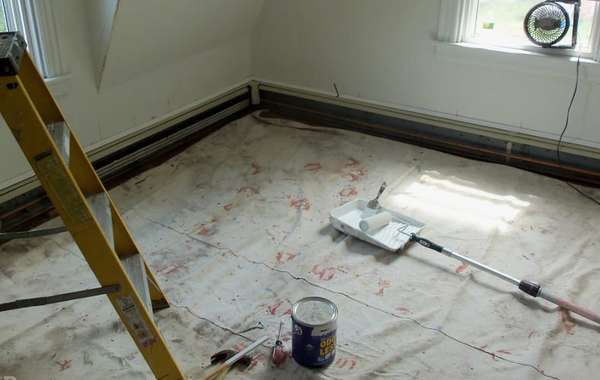
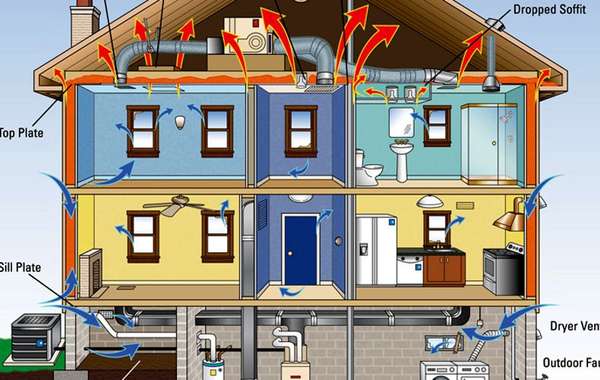
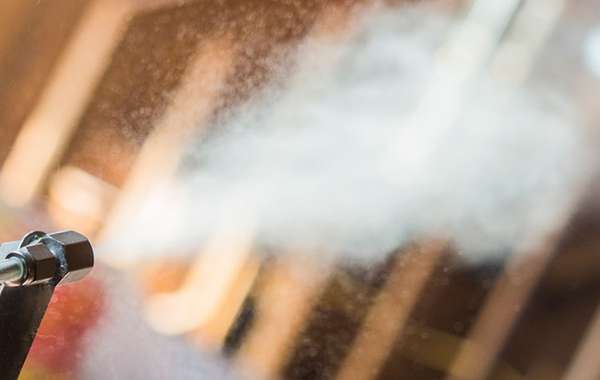
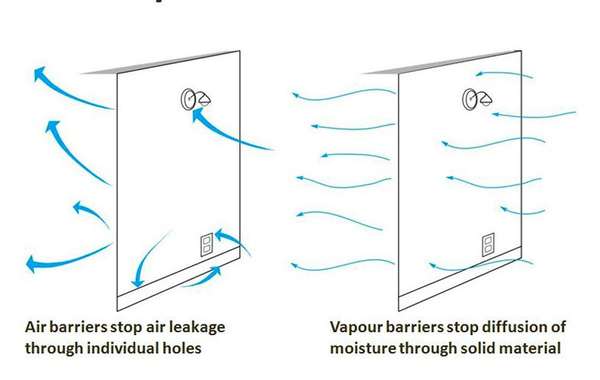
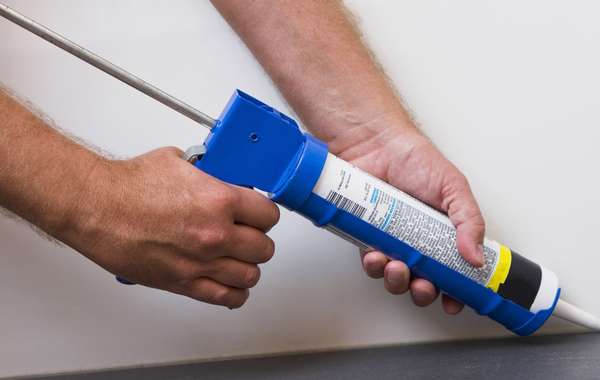
Hi Trevor, the quotes you included refer in one case to the 'air barrier' and in the other to the 'vapour barrier'. It can be confusing because 6-mil poly is the go-to for air and vapour barrier but they are being discussed separately.
This quote you included - "But, if you have no air barrier at all, you really do need one." is about the air barrier and stopping air leakage through the ceiling, and from what I read it closely applies to you case.
the article about painting on a vapour barrier is not imply ing you dont need one, it is offering an alternative. When you apply varnish to a floor you are in effect 'waterproofing' it, and that article discusses 'vapour retarder paint', which stops moisture moving through it. We were able to do it because we had an air barrier in place already.
If you already have an insulated attic with no moisture issues and you are simply looking to beef it up a little, from what I'm reading I think yes, you can add cellulose on top with no issues. A 1950's house likely has at least a coat or two of oil paint, which is very difficult for moisture to get through, so you sort of have a pseudo vapour barrier already. And since your home is not likely very airtight, I would not go to any great lengths to do an air barrier in the attic as it won't do much good on its own unless you want to do the whole house. I'd say go ahead and proceed as planned.
This article about the difference between air barriers and vapour barriers can explain it more depth.